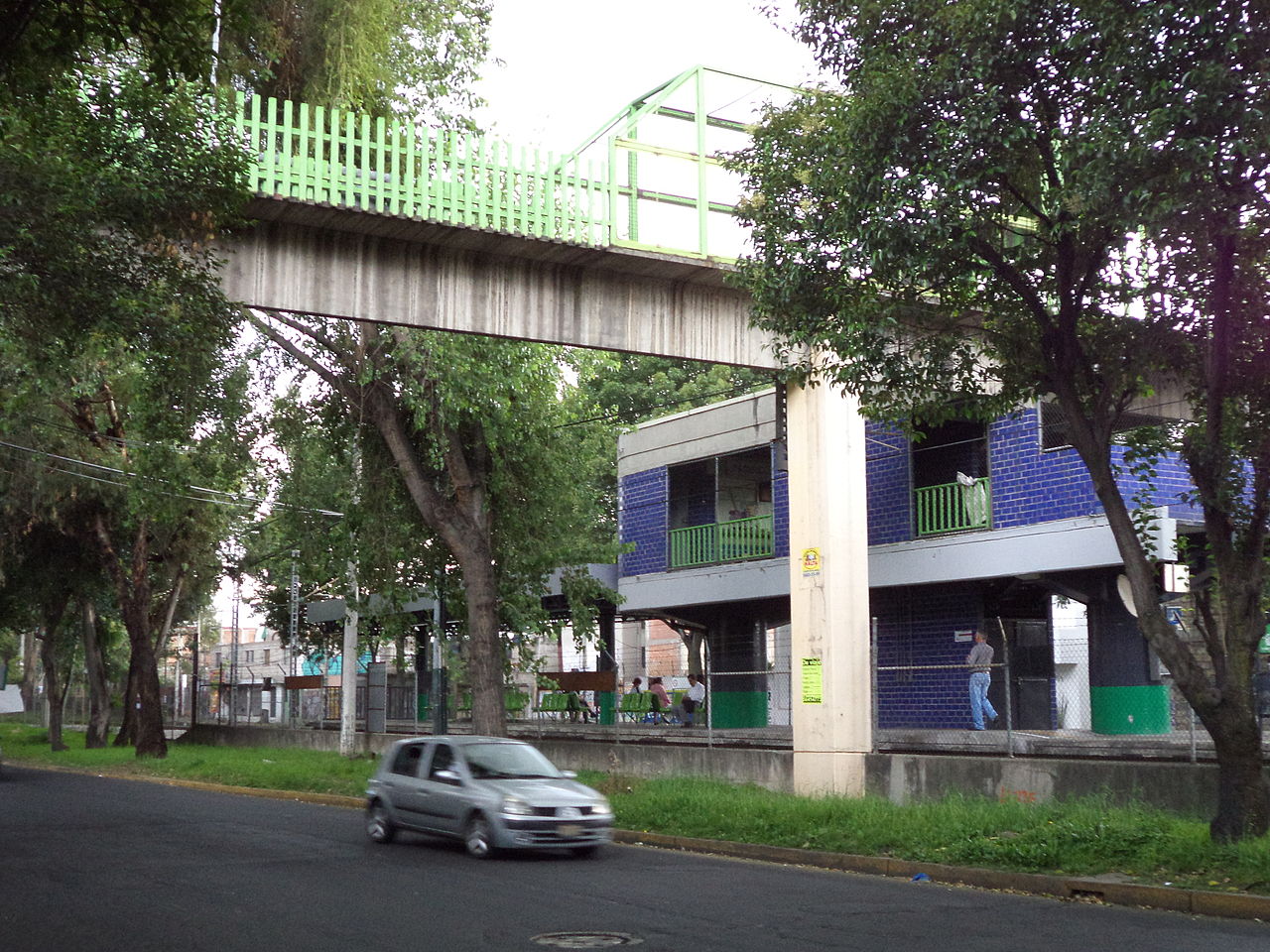
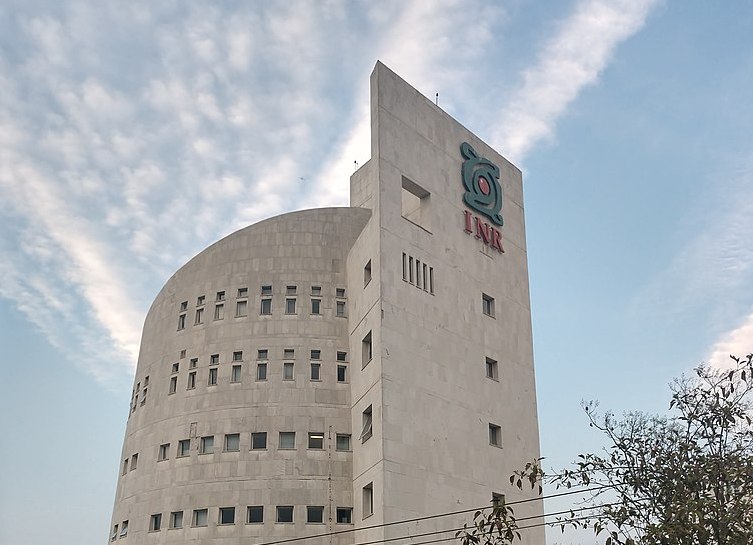
The Xomali station is one of the least heavily used stations on the Xochimilco Light Rail. The name comes from the former name of Forestal Street and likely refers to the cultivation of reeds for weaving done in the area in ancient times. Xomali is usually translated to esparto, although that species of reeds is technically native to North Africa and Spain. In those parts of the world, it’s commonly used for weaving and basketmaking. Similar to Magdalena Petlacalco (Place of Mat Houses), records are not clear as to the types of weaving or the plants used.
The station logo represents a bird’s-eye view of flowering lilies on the water. The station is directly southeast of the giant National Rehabilitation Institute (INR). A public hospital, it’s also major teaching and scientific research institution and part of the National Institutes of Health, a system of 13 research institutes. They stand out as among the best hospitals and research institutes in Latin America.
The Xomali station is on the east side of the ancient town of San Lorenzo Huipulco. During the ancient period, the town represented the first in the zone of canals and chinampas of which Xochimilco is still the most famous. Curiously, the area is also the westernmost of the colonias of the old Coapa Hacienda. Thus, most residents of the area will still include the word Coapa in writing their addresses.

Nearest at 0.38 kms.
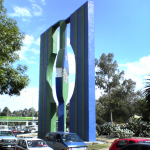
Nearest at 0.40 kms.
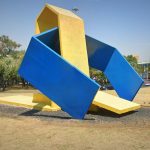
Nearest at 0.47 kms.

A small neighborhood park amidst the long history of Coapa . . .

A modernist triumph and neighborhood church in Espartaco, Coyoacán . . .
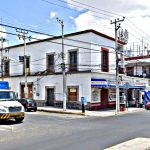
The former Big House of one of Coapa's great historic haciendas . . .
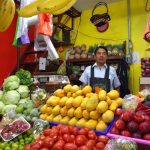
A giant neighborhood market for south eastern Coapa and Cuemanco . . .
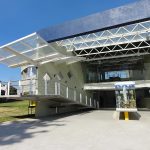
One of the UAM's strongest draws for international visitors . . .